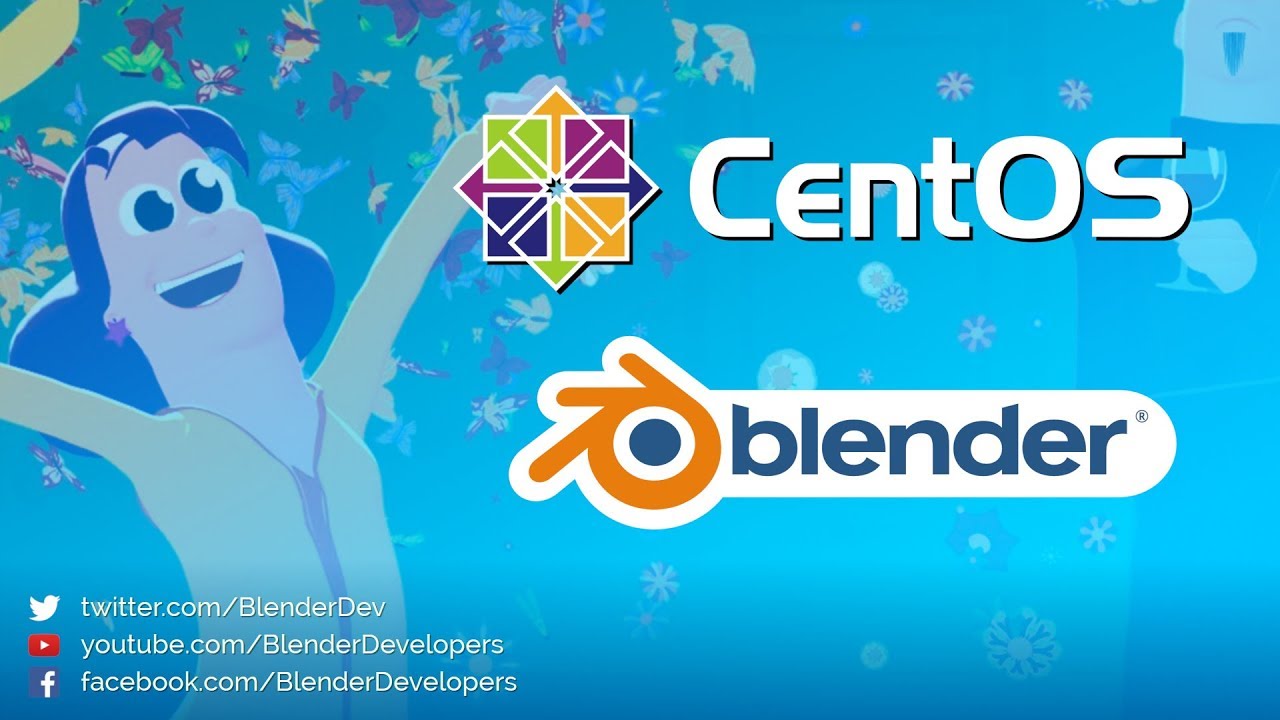
In both instances this typically means manually changing some system properties and/or creating the appropriate folders.ĭesign note: both "scripts" and "addons" are blank by default, essentially serving as placeholders until custom scripts are either placed or saved to those locations. However, these locations are not always visible or available, either because they are 'hidden' locations, or the folders don't yet exist.

The distinction is important if scripts are expected to load automatically on Blender's start-up, else they will fail and potentially crash the application.


Generally speaking Python scripts are placed in one of two locations for Blender 2.49 or below, a folder called " scripts" for Blender 2.50 and above, " addons", which often sits inside the " scripts" folder e.g., " \ scripts\addons".


 0 kommentar(er)
0 kommentar(er)
